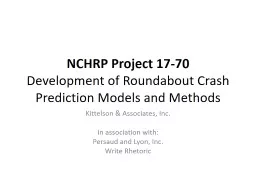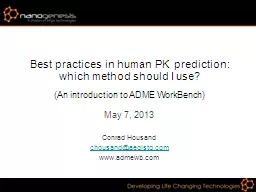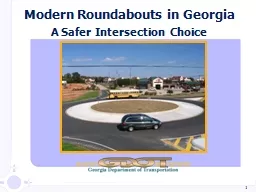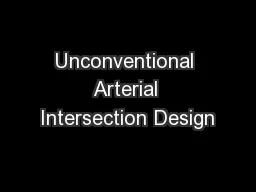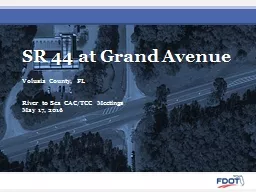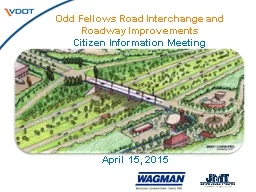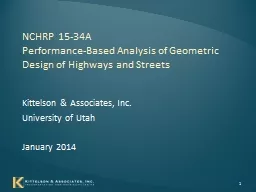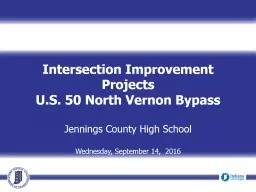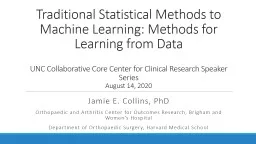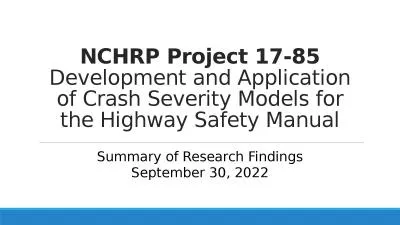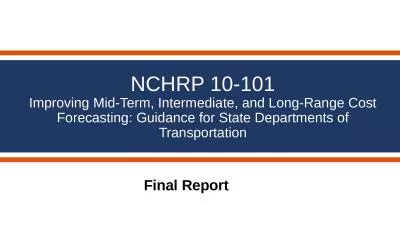PPT-NCHRP Project 17-70 Development of Roundabout Crash Prediction Models and Methods
Author : lindy-dunigan | Published Date : 2019-03-16
Kittelson amp Associates Inc In association with Persaud and Lyon Inc Write Rhetoric Project Objectives Develop Crash Prediction Models CPMs for US roundabouts
Presentation Embed Code
Download Presentation
Download Presentation The PPT/PDF document "NCHRP Project 17-70 Development of Round..." is the property of its rightful owner. Permission is granted to download and print the materials on this website for personal, non-commercial use only, and to display it on your personal computer provided you do not modify the materials and that you retain all copyright notices contained in the materials. By downloading content from our website, you accept the terms of this agreement.
NCHRP Project 17-70 Development of Roundabout Crash Prediction Models and Methods: Transcript
Download Rules Of Document
"NCHRP Project 17-70 Development of Roundabout Crash Prediction Models and Methods"The content belongs to its owner. You may download and print it for personal use, without modification, and keep all copyright notices. By downloading, you agree to these terms.
Related Documents

